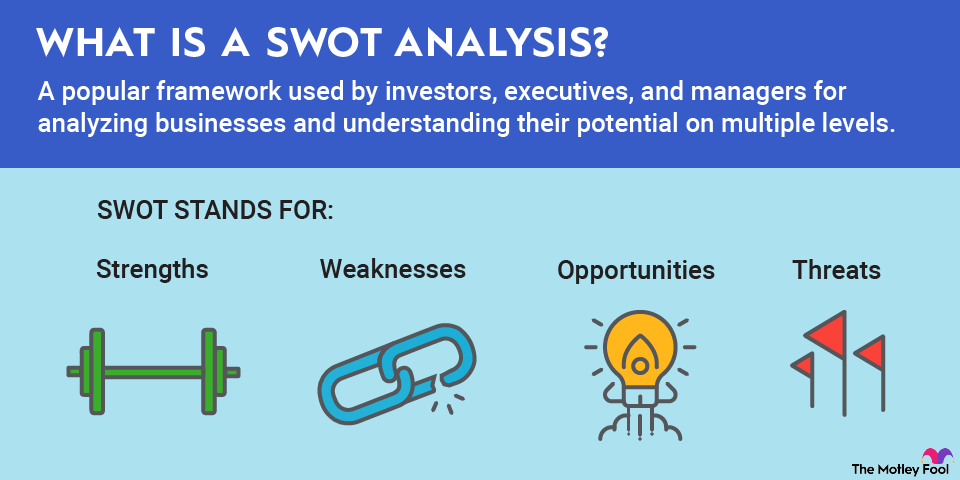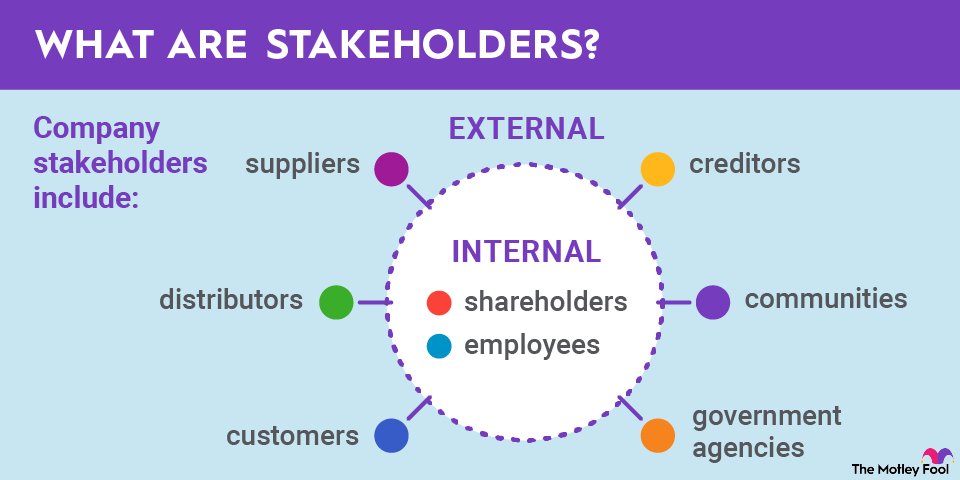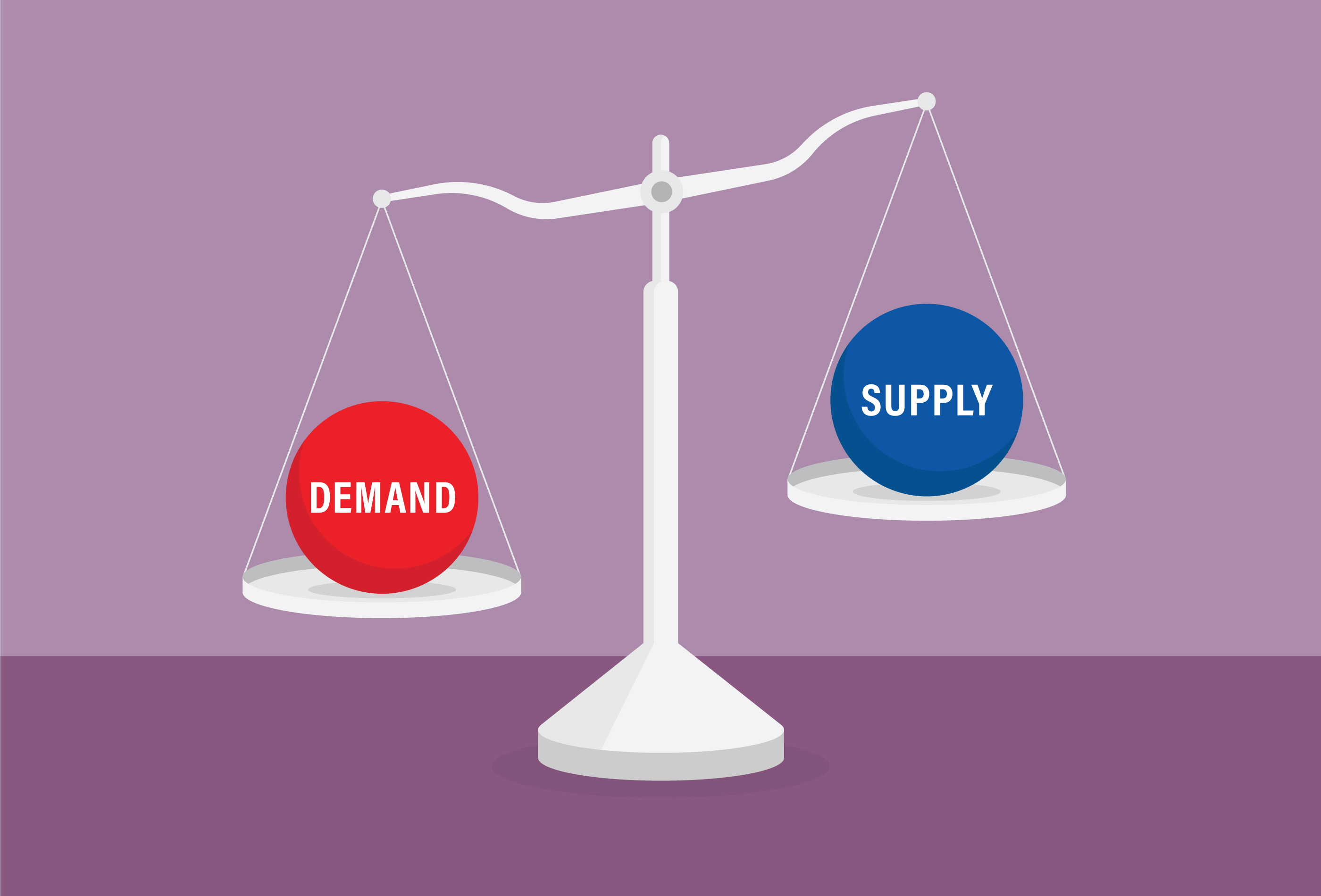When you hear the term "interest," there are two things that it could mean for your wallet. There is simple interest, which, as the name implies, is the simpler form of interest to understand and calculate, and then there is compound interest.
Simple interest is definitely less common than compound interest in real-world applications. For example, when you hear a checking account or certificate of deposit's yield, it is actually a form of compound interest. However, there are some cases where simple interest is widely used, so it's important to understand how it is calculated.

Understanding simple interest
Simple interest refers to situations where interest is paid on the principal amount of an investment or loan. If you invest $10,000 at 5% simple interest, you'd receive $500 per year, every year, for as long as the investment remained in place.
Simple interest vs. compound interest
As mentioned earlier, there are two main ways interest can be computed -- simple interest and compound interest.
Here's the key difference. Simple interest refers to interest that is just paid on the principal. On the other hand, compound interest refers to interest paid on the principal as well as on any interest that has already accumulated.
Consider this simplified example. Let's say that you have two investments. One is a bond that cost $5,000 and pays 6% simple interest. The other is a 24-month certificate of deposit (CD) that pays compound interest at the same annualized rate of 6%.
After two years, the simple interest bond investment would be worth $5,600. You’d receive 6% of the principal ($300) every year.
On the other hand, the CD would pay 6% the first year, giving you $5,300. However, the second year's 6% yield would be based on $5,300 -- not on the initial principal balance of $5,000. So, 6% of $5,300 is $318, bringing the balance at the end of two years to $5,618.
Generally speaking, compound interest will result in a higher amount of money over time, all other factors being equal. And over long periods of time, it can make a big difference.
How to calculate simple interest
The calculation of simple interest is pretty, well, simple.
To determine the annual interest income from a simple interest investment, multiply the principal amount by the interest rate (in decimal form).
For example, if you invest $1,000 at 5% simple interest, this calculation shows that you would earn $50 in interest per year.
If the payment frequency is anything but annual, divide the annual interest by the number of payments in a year to find out the amount of each interest payment. Continuing the previous example, if the interest was paid quarterly, dividing by four would show that each interest payment will be $12.50.
In the case of loans, simple interest is typically calculated by using the average daily balance of the account, multiplied by the account's daily simple interest rate and the number of days in the calculation period. For example, if you had an average daily balance of $2,000 on a credit card, a daily interest rate of 0.0658%, and 30 days in your billing cycle, you’d owe $39.45 in interest.
Related investing topics
Real-world example of simple interest
Perhaps the most notable real-world example where simple interest is used is in fixed-income, or bond investing. For example, let's say that you buy a corporate bond for $1,000 with a 6% coupon rate (interest rate) with a 10-year term, with payments made semiannually.
Using our calculation method discussed earlier, we can multiply the principal amount of $1,000 by a 0.06 rate (6% expressed as a decimal) to find the annual simple interest payment of $60. Since payments are made semiannually, or twice a year, this means that you'll receive a $30 interest payment every six months for the entire 10-year term of the bond.



















